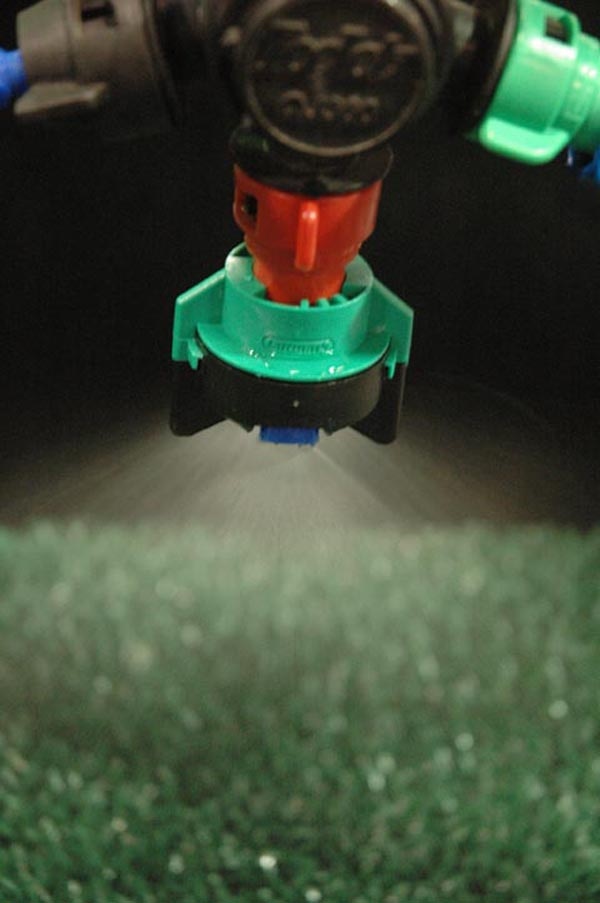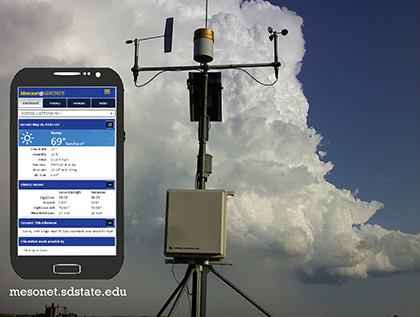
The goals of applying any crop protection products include increasing effectiveness, and maximizing profits all while mitigating drift. Weather is the primary factor influencing drift, including wind (direction and speed), temperature, humidity and air stability/inversions. Their impacts are covered in Part I. Part II covers the best sources for weather data.
Weather Tools
The source of weather data used is important for two reasons. First, better data beforehand leads to better spraying decisions. Second, archived weather data from professional weather stations can help defend sound spraying decisions.
There is no shortage of claims of “pinpoint” live weather data among apps and websites. Whether this is done by simply relabeling distant airport weather data as local or by using nearby hobby weather stations of unknown quality, none of these sources are relied on by a responsible applicator. Moreover, this data is not typically retrievable after the fact should spray decisions need to be justified.
Professional Weather Station Data
Applicators need accurate weather data and should narrow themselves to real data collected from professionally operated stations. South Dakota State University’s own Mesonet and federal airport stations (National Weather Service and others) are the two major networks of this type. The Mesonet is particularly useful for sprayers because it updates every five minutes and is available in more locations. Between the two networks, there are more than four dozen such weather stations available in the state. Their data are retrievable after the fact, as well.

On-Farm Equipment
Equipment like handheld meters or amateur weather stations which can be had by purchase or subscription are a great supplement and can be used for “go no go” decisions for spraying. However, the decision to proceed with spraying should never be based solely on data from this type of equipment.
South Dakota Sensitive Site Registry
The South Dakota sensitive site registry is a tool which can be used to help prevent the adverse effects from drift during pesticide or fertilizer operations. Created by the South Dakota Department of Agriculture, it provides information about farms and ranches that would be negatively affected by accidental fertilizer or pesticide application or drift. Commercial producers of pesticide-sensitive crops, livestock, and honey bees are encouraged to register their sensitive production areas on this site. When a producer registers a sensitive site, an email is sent to each registered applicator within the affected service areas. GPX files can be downloaded for compatible GPS units with boundaries of all sensitive sites in the applicator’s service area.
This part two of a three part series. To read, part one, click here and part three here.
Originally posted by South Dakota State University Extension.
About the Author(s)
You May Also Like




